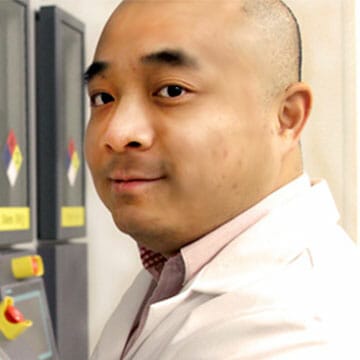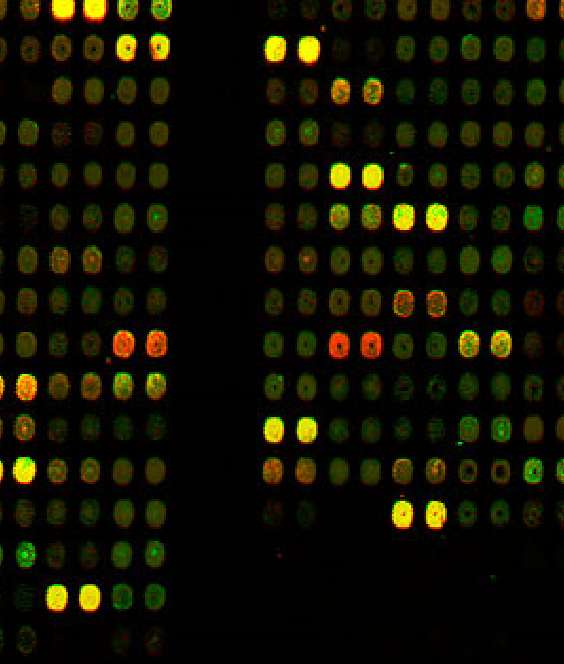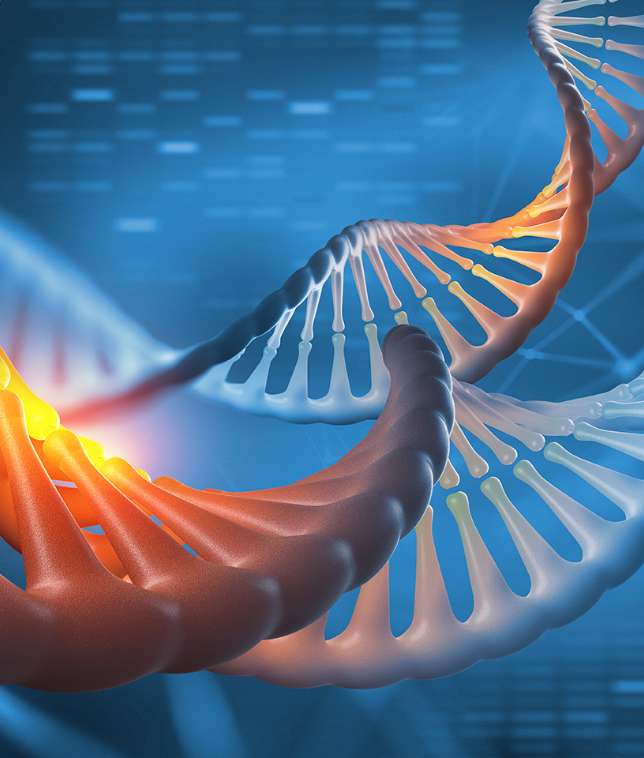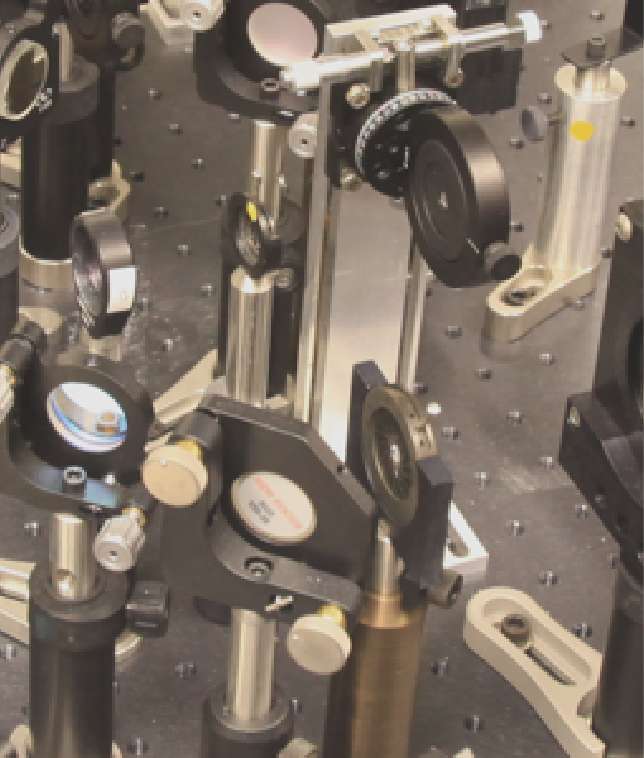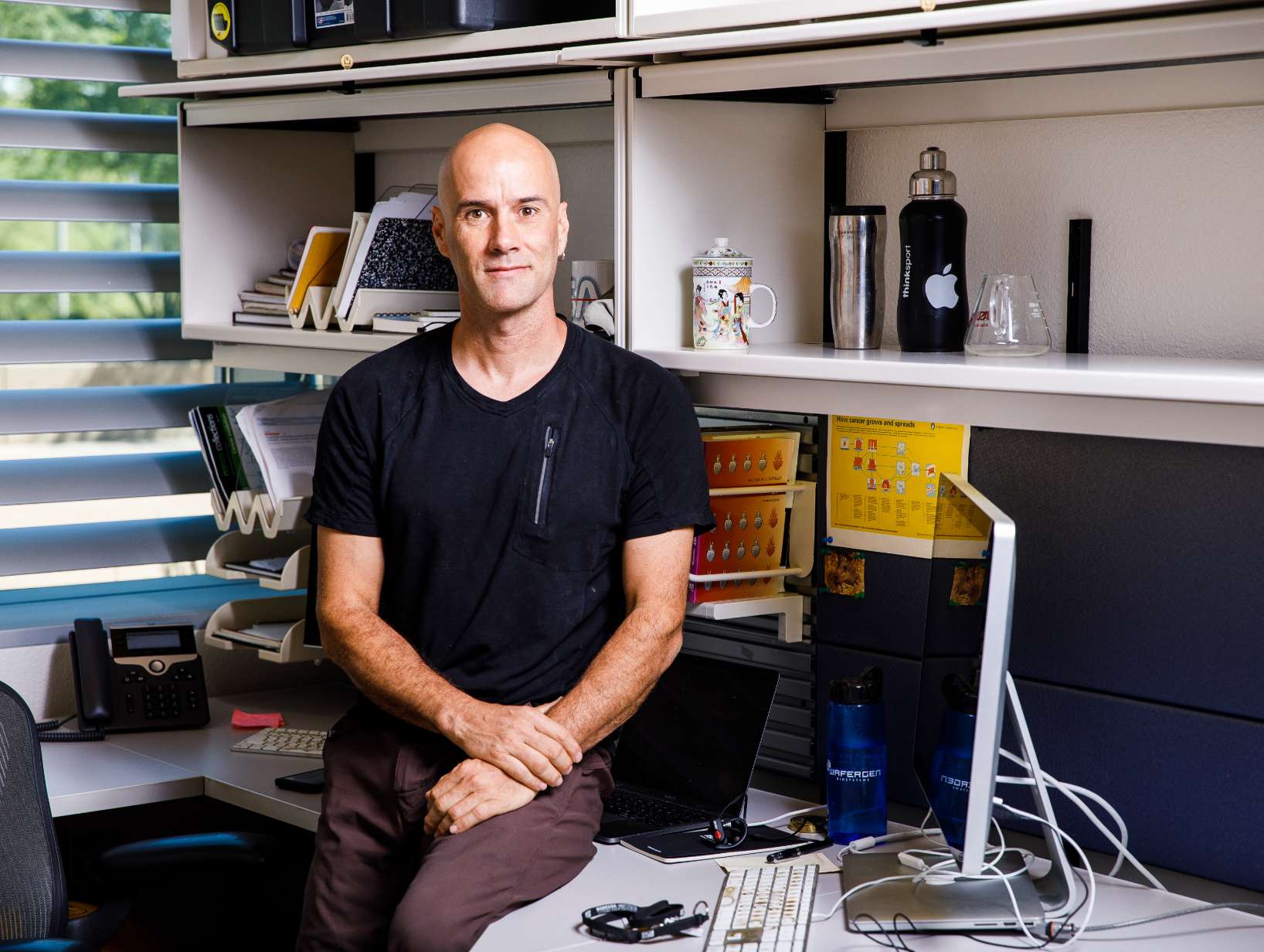
The latest research in security
Our nation faces threats on many fronts, including digital and biological. Biodesign is stepping in to help us — and ultimately, the world — stay more secure. We are using nature’s inspiration to improve cybersecurity, building better sensors to detect man-made weapons and environmental toxins, and monitoring a network of global cities to evaluate our health.
Frequently asked questions
Cybersecurity is the protection of digital networks and systems from attack. It focuses on anticipating and preventing cyberattacks, detecting threats, investigating threats, and fixing problems caused by cyberattacks. There are several types of cyberattacks. These include phishing, which is when someone sends a fake email that looks like it comes from a legitimate source; ransomware, which is a software that blocks access to computer data until a ransom is paid; and malware, which is software that tries to gain access to a computer.
A complex system is one with many parts that interact; because they interact, the system itself has unique behavior that is difficult to predict. Examples of complex systems are economics, climate, cities, the human body, transportation infrastructure and ecosystems.
An epidemic is when the number of disease cases rises rapidly above the number of expected cases for that region. An outbreak has the same meaning, but it’s usually used for a smaller geographic area. A pandemic is an epidemic that has spread to multiple countries or continents.
A biological weapon uses bacteria or a virus to kill people. Biological warfare has a long history; in 1346, the Mongol army besieged the port of Caffa and famously catapulted the bodies of soldiers who had died from the plague into the city. A chemical weapon uses a manufactured chemical to kill people. An example of this is the chlorine and mustard gases used on a large scale during World War I.
A public health intervention is any effort that aims to support or improve the health of a population. Examples of such interventions include screening for disease, administering vaccinations and educating the public on healthy behaviors. Public health efforts can focus on individuals within an at-risk population, on entire communities, or on systems like laws and policies that affect the population’s health.
Efforts underway
Blending biology and cybersecurity
Biology and computer science have much to teach each other. Biodesign researchers are exploring this connection, using insights from biology to solve complex problems like privacy, cybersecurity and software engineering.
For example, we are using concepts from immunology to understand malicious behavior in complex systems and to invent cybersecurity solutions. We are also using methods from evolution, combined with powerful computation tools, to automatically protect software and reduce its energy costs.
In addition, we are developing new ways to protect internet freedom as well as at-risk users, such as journalists working in unsafe settings.
2,200
On average, there are over 2,200 cyberattacks every day.
Sensing environmental threats
Our environment presents us with many threats to our health, whether crafted by nature or humans. Scientists at Biodesign are creating new sensor technology with refined abilities to help us monitor our surroundings for these threats — for example, by identifying pollutants; finding potentially harmful microbes, proteins and viruses; and detecting traces of explosives and other man-made dangers. We seek to develop smarter chemical sensors and sample collection systems and deliver practical tools for more accessible security.
100 & Change MacArthur Foundation with Rolf Halden
Securing global health
As we’ve seen in the COVID-19 pandemic, the health and security of our nation is linked to the health of populations worldwide. Biodesign researchers have created a network of over 200 U.S. cities and 350 international cities — covering over a quarter billion people globally — called the Human Health Observatory. This effort measures people’s health, behaviors and consumption patterns in order to stay ahead of outbreaks, monitor for biological weapons and toxic contaminants, and inform public health interventions. At the same time, we are studying genomic privacy issues raised by widespread adoption of wastewater monitoring systems which can collect human genetic data.
Additionally, we are developing new phone-based contact tracing methods to improve disease tracking and public health. These methods will integrate across multiple contact tracing apps and reduce bandwidth and computational demands on end-user devices, enabling people with older phones or in areas with poor connectivity to use electronic contact tracing apps effectively.
Latest news on security
Related experts
Related centers

Center for Biocomputing, Security and Society

Center for Bioelectronics and Biosensors
Center for Environmental Health Engineering
Related facilities
Studying security requires specialized equipment. These facilities support this work.
Advance our efforts
Support security research by making a donation.


